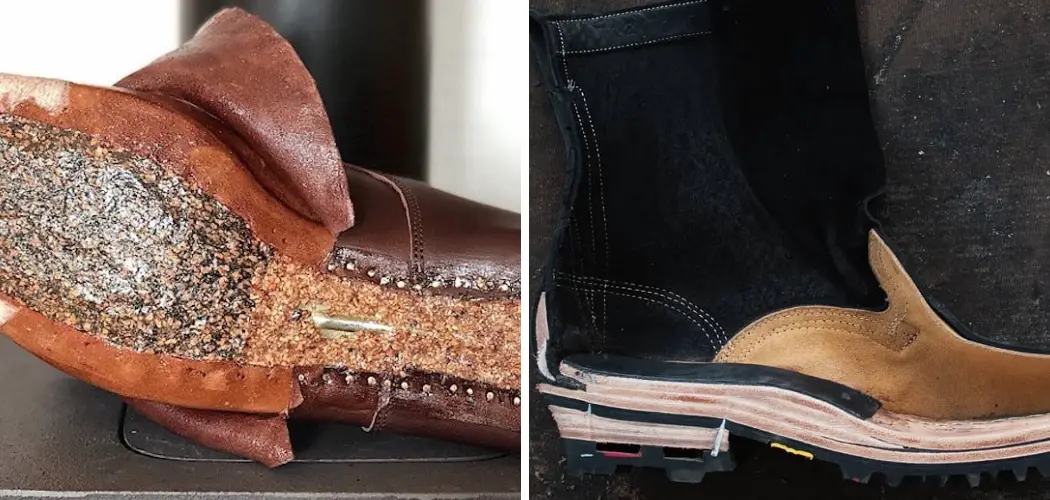Identifying the construction features of your footwear, particularly the presence of a steel shank, is crucial for understanding its durability, support, and potential applications.
The steel shank, a hidden component embedded between the insole and outsole of a boot, plays a pivotal role in providing stability and protecting the foot from uneven terrain. In this guide, we explore key indicators and methods on how to tell if a boot has a steel shank.
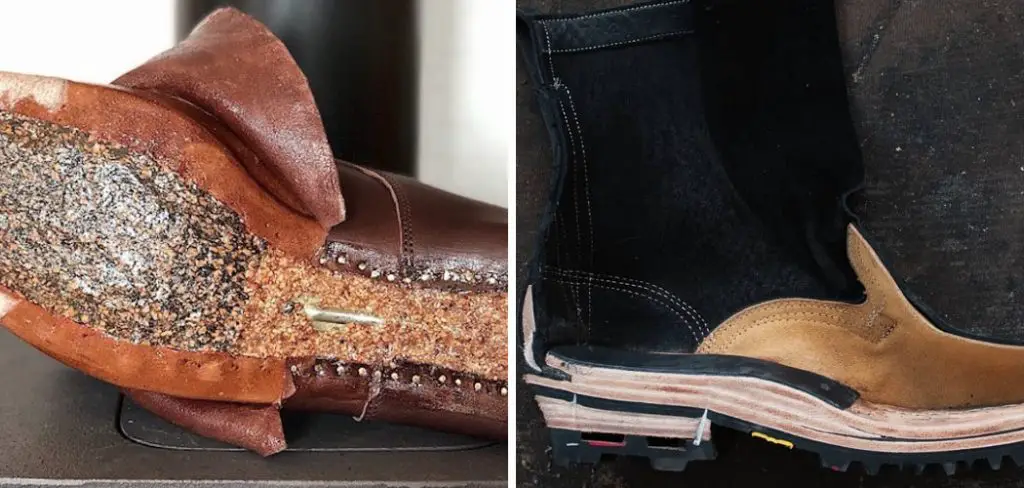
From visual cues to tactile examinations, understanding these characteristics empowers wearers to make informed choices about their footwear based on the intended use and desired support.
Whether you’re a hiker, construction worker, or simply curious about the composition of your boots, unraveling the mystery of the steel shank presence adds a valuable layer of knowledge to enhance your comfort and safety in various environments.
Importance of Identifying a Steel Shank in Boots
A steel shank is an integral part of some types of footwear, especially those intended for heavy-duty activities like hiking or construction work. The presence of a steel shank in boots provides added support and protection to the foot, making them ideal for working in rugged environments.
However, not all boots come equipped with a steel shank. In fact, many manufacturers have started using alternative materials like plastic or fiberglass to produce shanks for cost-cutting purposes. This has led to a rise in the number of boots without steel shanks, which could lead to potential hazards for the wearer.
Therefore, it is crucial to be able to identify whether a boot has a steel shank or not. Not only does it ensure that you are getting your money’s worth, but it also guarantees the safety and comfort of your feet while wearing the boots.
10 Methods How to Tell if a Boot Has a Steel Shank
1. Visual Inspection
The first and most obvious way to tell if a boot has a steel shank is to do a visual inspection. Look at the sole of the boot and see if there is a visible metal plate or reinforcement. If you can see a metal plate, then it is likely that the boot has a steel shank.
2. Weight Test
Another method for determining if a boot has a steel shank is to perform a weight test. Take two identical boots and compare their weights. If one of the boots feels significantly heavier than the other, then it likely has a steel shank. Steel shanks are much heavier than other materials, so this can be an easy way to tell if your boots have them or not.
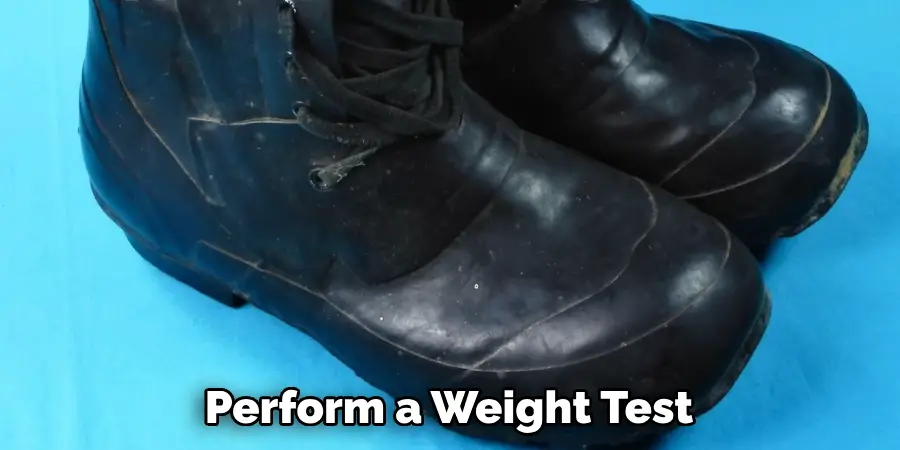
3. Magnetic Test
If you want to be sure that your boots have steel shanks, then you can try performing a magnetic test. Place a magnet on the sole of the boot and see if it sticks. If it does, then it means that there is some type of metal in the sole of the boot, which could be indicative of a steel shank being present.
4. Flex Test
The flex test is another way to determine whether or not your boots have steel shanks in them. Put on your boots and flex your foot forward and backward several times while paying attention to how stiff the sole feels when flexing it in both directions.
If it feels stiffer than normal, then this could indicate that there is some type of reinforcement in the sole which could be indicative of having steel shanks inside your boots.
5. Bend Test
The bend test is yet another method for determining whether or not your boots have steel shanks inside them. Take off your boots and try bending them from side-to-side as well as up-and-down several times while paying attention to how much resistance they offer when being bent in these directions.
If they feel more rigid than usual, then this could mean that there are steel shanks inside them, providing extra support and stability during wear time
6. Drop Test
The drop test is another useful method for telling if your boots have steel shanks in them or not. Take off your shoes and lightly drop them from waist height onto hard surfaces such as concrete or wood floors several times while paying attention to how much noise they make when hitting against these surfaces.
If they make loud thudding noises when dropped, this could indicate that there are heavy reinforcements, such as steel shanks inside them, providing extra protection during wear time.
7. Tap Test
Another way to tell if your boots have steel shanks in them or not is by performing what’s known as the tap test. Take off your shoes and tap on their soles with something like an old spoon or fork several times while paying attention to what kind of sound they make when doing so.
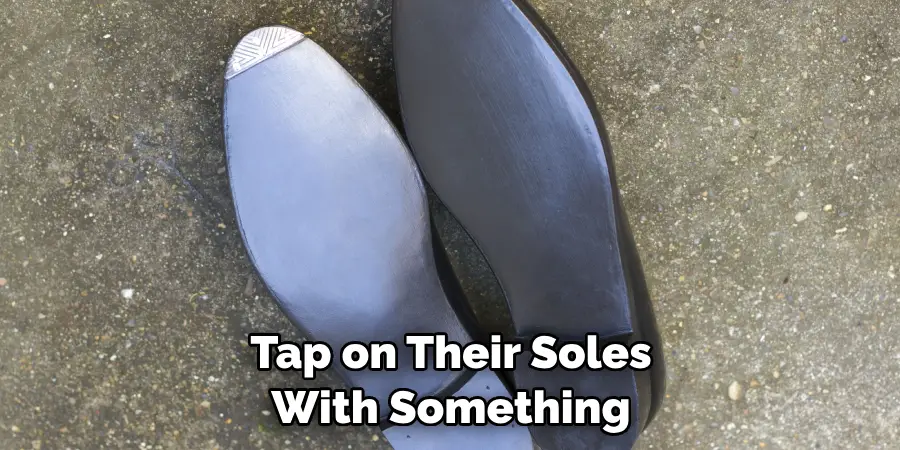
If they make loud metallic sounds, this could indicate that there are metal reinforcements, such as steel shanks inside them, providing extra support during wear time.
8. X-Ray Test
The x-ray test is one of the most reliable ways to tell if your boots have steel shanks in them or not. This involves taking an x-ray image of the shoe’s sole using special equipment designed specifically for this purpose. The image will show any metal reinforcements present, which will confirm whether or not there are indeed steel shanks inside the shoe, providing extra protection during wear time.
9. Manufacturer Information
One final way to tell if a pair of shoes has been reinforced with steel shanks would be by consulting the manufacturer information regarding its construction process. Most manufacturers tend to provide detailed information about their products online, including details about materials used during construction, such as metals, plastics, etc …
Consulting this information should give you an idea whether or not certain models contain any type of metal reinforcement, such as a steel shank within its sole structure.
10. Professional Assessment
The last method we’ll discuss here involves seeking professional assessment from qualified personnel who specialize in footwear design/construction analysis, such as orthopedic technicians, podiatrists, etc.
These professionals should be able to provide you with precise answers regarding whether or not certain models contain any type of metal reinforcement within its sole structure, including but not limited to those made from stainless steel like those found commonly used within many types of modern footwear designs today.
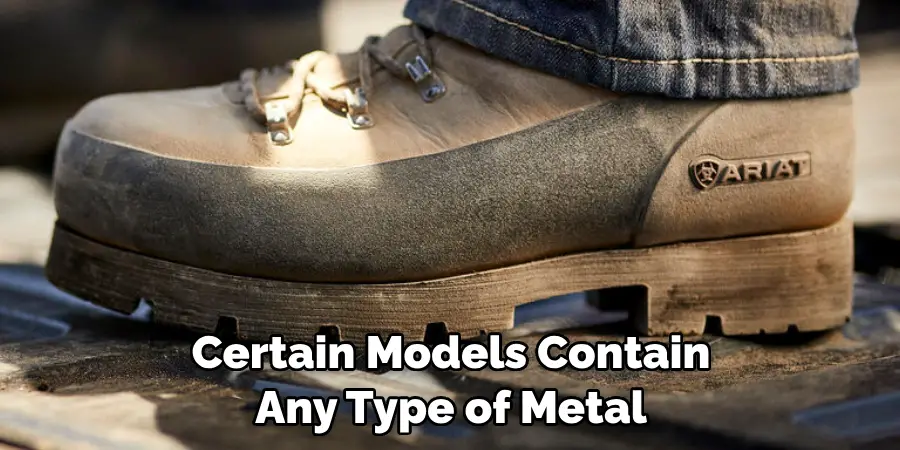
Things to Consider When Determining if a Boot Has a Steel Shank
- Construction: The construction of the boot is an important factor in determining whether or not it contains a steel shank. Most boots that have a steel shank will have it placed between the midsole and outsole, giving the boot added support and stability. Some manufacturers also place the shank along the entire length of the boot for maximum support.
- Weight: A steel shank can add significant weight to a boot, so if you’re unsure whether or not your boot has one, try picking it up and comparing its weight to other boots without a steel shank. If your boot feels noticeably heavier, chances are it contains a steel shank.
- Flexibility: Another way to determine if a boot has a steel shank is by testing its flexibility. Steel shanks are meant to provide support and stability, so they will limit the flexibility of the boot. Try bending the boot at the ball of your foot – if it resists bending too much, it likely contains a steel shank.
- Visual Inspection: Sometimes, you can visually inspect a boot to determine if it has a steel shank. Look for a thin, metal strip that runs along the bottom of the boot between the midsole and outsole. It may be covered by leather or other materials, but you should be able to see or feel it.
Common Mistakes to Avoid When Choosing a Work Boot
Work boots are an essential piece of gear for many professionals, from construction workers and electricians to farmers and miners. These rugged shoes provide protection and support for your feet while you’re on the job, making sure that you stay safe and comfortable no matter how long your shift is.
However, not all work boots are created equal. With so many options available on the market, it can be overwhelming to choose the right one for your needs. To help you make an informed decision, we’ve compiled a list of common mistakes that people make when choosing work boots and how to avoid them.
1. Choosing Based on Price
Many people fall into the trap of thinking that the more expensive a pair of work boots is, the better quality it is. While this may be true in some cases, it’s not always the case. On the other hand, opting for a cheaper pair of work boots just to save money can lead to discomfort and even injury.
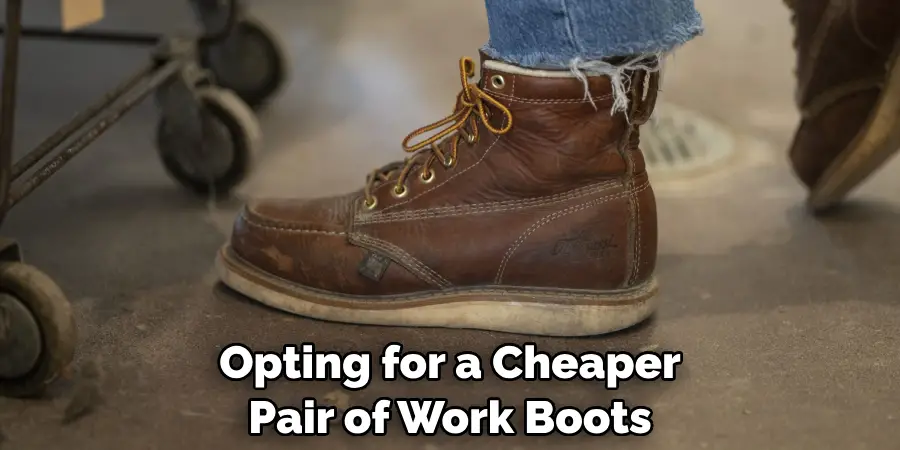
2. Not Considering Your Specific Job Requirements
Different jobs have different requirements, so it’s essential to choose work boots that are suitable for your specific job tasks. For example, if you’re working on a construction site, you’ll need boots with steel toes to protect your feet from falling objects. If you’re working with electricity, you’ll need boots with electrical hazard protection.
Conclusion
To conclude, steel shank boots are a great choice for anyone looking for something durable and long-lasting. In addition to providing support and stability throughout the lifetime of the boot, they help to protect your feet from hard objects on the ground that could otherwise cause harm.
If you’re unsure as to whether a boot has a steel shank or not, there are various methods you can use such as inspecting the midsole of the boot or contacting the manufacturer directly.
Nevertheless, always ensure your safety before making any big purchases since no one wants an injury due to buying low quality boots. So be sure to take into consideration all of these tips when it comes time to decide how to tell if a boot has a steel shank!

